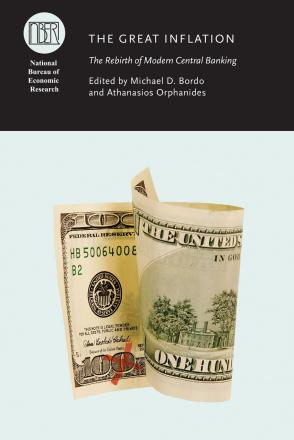Falling Behind the Curve: A Positive Analysis of Stop-Start Monetary Policies and the Great Inflation

This chapter examines the evolution of long-run inflation expectations and models the stance of US monetary policy from 1960 to 1980. It begins by considering several distinct measures of long-run inflation expectations, which indicate that such expectations rose markedly during the late 1960s, remained elevated at that plateau through the mid-1970s, and then rose at an alarming pace from 1977 until mid-1980. The chapter then considers the stance of monetary policy in terms of the ex ante short-term real interest rate; that is, the federal funds rate less the Livingston Survey of one-year-ahead expected inflation. Next, it analyzes the behavior of real interest rates and shows that the course of monetary policy during the Great Inflation period can be represented as a series of stop-start episodes which occurred in 1968 to 1970, 1974 to 1976, and 1979 to 1980. In each case, policy tightening induced a contraction in economic activity, but that policy was not maintained long enough to induce a sustained decline in the inflation rate.
-
-
Copy CitationAndrew Levin and John B. Taylor, The Great Inflation: The Rebirth of Modern Central Banking (University of Chicago Press, 2013), chap. 4, https://www.nber.org/books-and-chapters/great-inflation-rebirth-modern-central-banking/falling-behind-curve-positive-analysis-stop-start-monetary-policies-and-great-inflation.Download Citation
-


